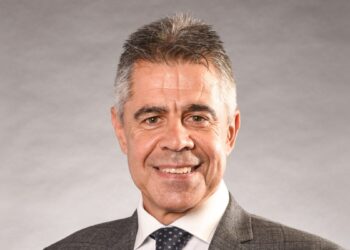Meg Heffron, director of Heffron, said recontributions used to be about helping clients pay less tax when superannuation was taxable, but it is now the go-to strategy to ensure children who are set to inherit will be better off regarding the tax they may have to pay.
“Essentially, we’re taking money out and then putting it back in to get a higher tax-free component in the balance, and in doing so we end up with less tax the kids have to pay if they ever inherit,” she said.
“Oftentimes I get asked by clients ‘Well, hang on, you’ve just told me that if we inherit each other’s super like a couple, we won’t pay any tax anyway. Why would we care about this?’ And of course, it’s because everybody dies eventually, so someone will die second, and then this all of a sudden becomes relevant.”
She continued that SMSFs are in the unique position that when implementing a recontribution strategy the fund can take money out of an existing pension, put it back in and convert it to another pension, so they are kept separate.
“In the olden days it was really common that you’d put it back in and you’d stop your old pension, mush them together and start a new one, but we don’t do that anymore because you get much better bang for your buck when you’re doing a recontribution if you can keep them separate,” she said.
“And the beautiful opportunity we have in SMSF is how easy it is to run half a dozen pensions for a while and then combine the right ones once you’ve finished implementing your strategy.”
Heffron gave an example of Chris, 65, who has $2 million in super.
“Now you would think there would be a problem here because if you’ve got more than $1.9 million you can’t make any non-concessional contributions and that’s right, Chris is not going to be able to make non-concessional contributions this year,” she said.
“What he could do is take money out next June and lower his total super balance, make sure it’s low enough at the critical time on 30 June, and then recontribute the money in the following financial year.”
However, she said it is important to consider how many times this strategy could be used over the next 10 years.
“Chris doesn’t need to meet the work test anymore. If he can make it with caps, he can contribute all the way up to 75. We also know that during that time, the transfer balance cap is going to go up from $1.9 million to $ 2.1 million,” she said.
“We would have to have negative inflation for the rest of the year for it not to go up to at least $2.1 million in July 2025. What’s going to happen over time is Chris is going to be taking some pension payments. His fund is going to be generating returns, but in the background, the transfer balance cap is going to be going up, so maybe there’s an opportunity for a little bit more than two [recontributions].”
She continued that if Chris made four contributions between the ages of 65 and 75, he could save nearly $200,000 tax for his children.
“It wasn’t that long ago when Chris wouldn’t have been able to make non-concessional contributions without meeting a work test and even if he could, he certainly wouldn’t be using the bring-forward rule,” she said.
“So he’d only be taking out $120,000 and putting $120,000 back in and even then, he’d have to be working. But now we’ve got so much time. He’s got 10 years, and during that time the transfer balance cap is likely to go up, which means he will be able to take money out at the end of the year and put it back in the following year.
“Your kids or your clients’ kids would love you for this and in an SMSF it seems like such an easy strategy to implement.”


